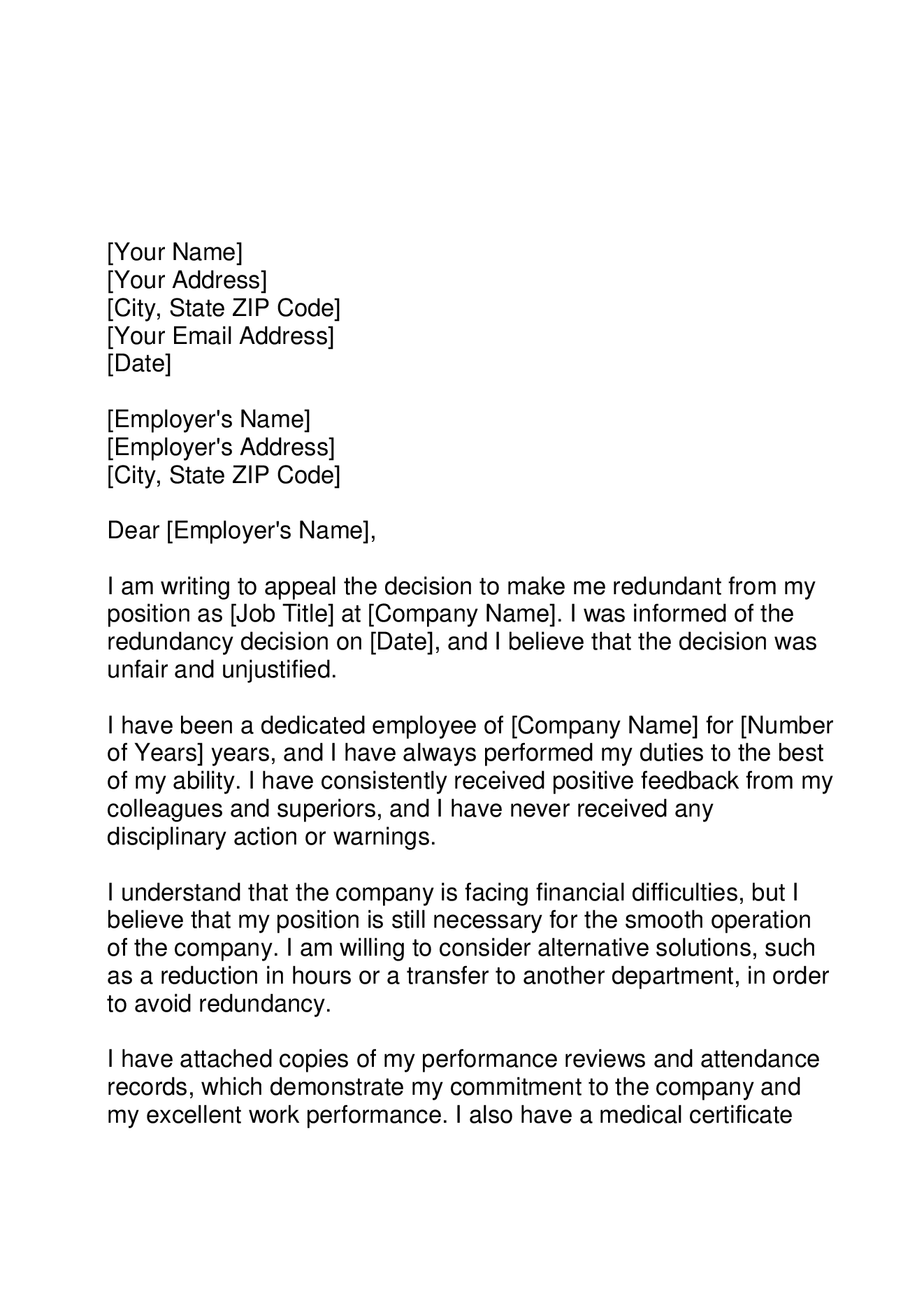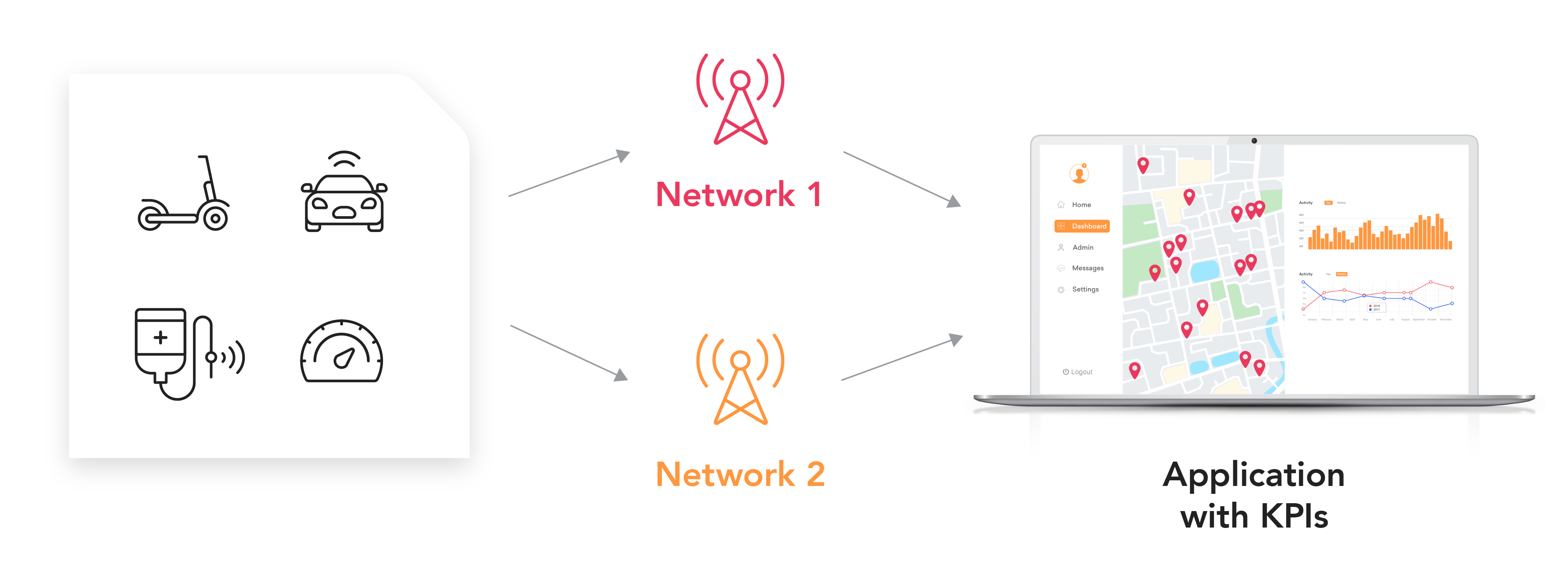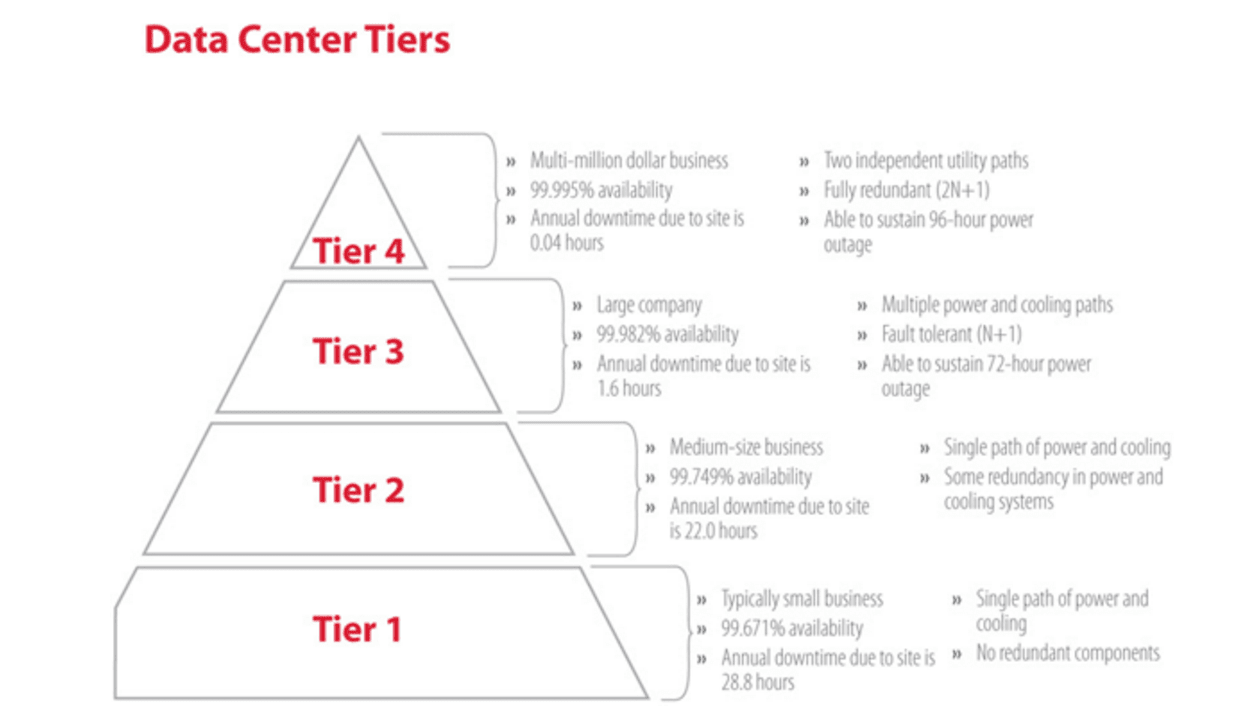If a Company Goes Bust Who Pays Redundancy? Legal Insights for UK Personnel
If a Company Goes Bust Who Pays Redundancy? Legal Insights for UK Personnel
Blog Article
Discovering the Operational Dynamics of Business Redundancy and Its Long-Term Sustainability

Redundancy Approaches for Organization Continuity
In order to ensure undisturbed operations, organizations have to implement effective redundancy approaches for company connection. Redundancy in this context refers to the duplication of vital components or features within a system to reduce the effect of prospective failures. By integrating redundancy techniques, organizations can enhance their durability versus disturbances triggered by numerous aspects such as natural disasters, tools failings, or cyber-attacks.
One common redundancy strategy is the implementation of backup systems and information storage solutions. This includes producing duplicates of vital information and systems that can be triggered in instance of a key system failing. Furthermore, companies can develop repetitive communication channels and source of power to preserve connection and operations throughout unexpected events.
Moreover, cross-training staff members to perform numerous roles within the firm can serve as a valuable redundancy method. If vital personnel are unavailable due to ailment or other reasons, this ensures that vital tasks can still be lugged out even. Overall, efficient redundancy approaches are vital for companies to support operational connection and minimize the impact of potential interruptions.
Effect of Redundancy on Organizational Durability
Given the vital role redundancy techniques play in ensuring service continuity, discovering the impact of redundancy on organizational durability ends up being necessary for recognizing the all natural operational characteristics of a business. Business resilience describes an entity's ability to adjust to disruptions, recoup from troubles, and transform when required while preserving core features. Redundancy, when tactically carried out, can considerably contribute to boosting a company's strength when faced with unanticipated challenges. By having backup systems, employees, or procedures in location, business can much better endure shocks and continue operations with marginal disruption.
Additionally, redundancy can cultivate advancement and imagination within a company as employees feel encouraged to take computed dangers, knowing that there is a safety internet to support them in situation of failure. Generally, the impact of redundancy on business durability is profound, shaping the long-term sustainability and success of a company.
Stabilizing Performance and Versatility in Redundancy
Attaining a harmonious balance in between operational performance and flexible flexibility is a pivotal challenge in the calculated release of redundancy within organizations. Reliable procedures are necessary for keeping efficiency and cost-effectiveness, making sure that sources are used ideally. However, too much emphasis on efficiency alone can result in rigidity, making it challenging for companies to adapt to unanticipated adjustments or challenges. On the various other hand, flexibility allows companies to react nimbly to developing circumstances, promoting development and durability. Yet, way too much versatility without a strong operational foundation can cause inadequacies and variance.
To stabilize efficiency and versatility in redundancy planning, companies have to carefully examine their operational needs, market characteristics, and strategic objectives. Ultimately, discovering the ideal equilibrium in between effectiveness and flexibility is crucial for constructing a lasting and resistant company in the face of unpredictability.
Long-Term Sustainability Through Redundancy Preparation
To make sure long-lasting feasibility and security, organizations should purposefully straighten their redundancy planning with long-term sustainability objectives, thereby balancing functional effectiveness with flexible versatility. Long-term sustainability through redundancy planning entails greater than just short-term cost-cutting actions. It requires an extensive tactical technique that anticipates future obstacles and chances. Business need to check out redundancy not as a reactive solution to prompt problems yet as a proactive technique for long-term success. By incorporating redundancy planning with sustainability objectives, organizations can develop a durable structure that can stand up to different market changes and inner adjustments.

Positive Measures for Sustainable Company Operations
Just how can companies proactively enhance their operational sustainability for long-lasting success? Executing aggressive measures is important for firms intending to make sure lasting procedures. One key approach is to buy modern technology and technology to streamline processes, lower waste, and stay competitive out there. Embracing lasting methods such as minimizing energy consumption, decreasing carbon footprint, and enhancing resource application can not only benefit the setting however likewise result in set you back savings in the long run.
Additionally, cultivating a culture of continual improvement and learning within the company can improve flexibility to altering market conditions and customer needs. Urging staff member involvement in decision-making processes and offering possibilities for professional growth can boost spirits, productivity, and total efficiency. Developing clear objectives, checking crucial efficiency indications, and frequently examining progress are important components of proactive sustainability administration.
Collaborating with vendors, clients, and various other stakeholders to advertise lasting techniques throughout the supply chain can create a causal sequence of positive effect - redundancy pay if company goes bust. By taking proactive actions in go to the website the direction of functional sustainability, firms can build durability, drive technology, and secure their long-term success in an ever-evolving business landscape
Final Thought

In the world of business administration, the tactical implementation of firm redundancy stands as a pivotal yet detailed method that requires a fragile balance in between operational effectiveness and long-lasting feasibility. By exploring the operational dynamics that underpin business redundancy and evaluating its more comprehensive effects for organizational resilience and versatility, a nuanced understanding of just how redundancy methods look at here can shape the future trajectory of a firm begins to unfold.Offered the vital function redundancy strategies play in guaranteeing service connection, exploring the impact of redundancy on business strength ends up being critical for recognizing the alternative functional characteristics of a business. On the whole, the impact of redundancy on business strength is extensive, shaping the long-lasting sustainability and success of a company.
In verdict, understanding the operational dynamics of company redundancy is vital for ensuring long-term sustainability.
Report this page